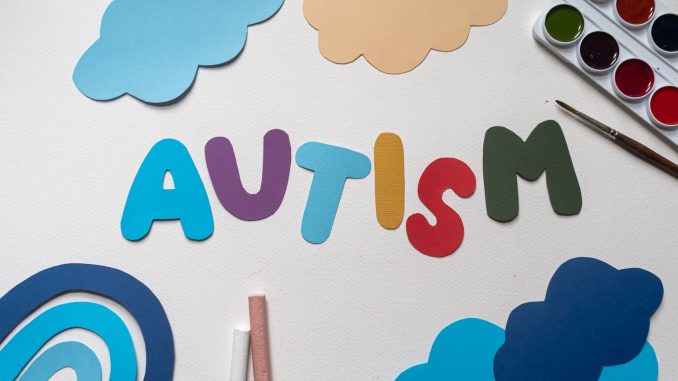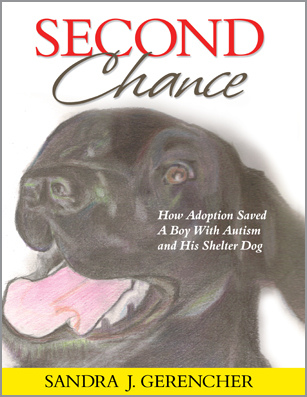
Genetic – Symptoms can present themselves within the first few months to a year old.
Environmental – Parents feel that there child was typically on track with sudden regression.
Unfortunately most doctors prefer to wait to diagnose a child with autism. Depending on parent’s assertiveness a diagnosis of autism is given between 2 ½ and 4 years of age. I personally don’t believe it matters if your child has a diagnosis or not, the key to getting on top of autism is aggressive early intervention. The older the child the more habitual patterns are set into their path.
Early Signs of Autism
Rolling Over – A healthy, more organized baby will roll over with ease, legs are extended as the back initiates the roll. When a baby ‘can’t’ roll over or eventually learns to throw his legs up into the air and allows their weight to bring him over to his side.
Not Recognizing Faces – Babies love to look at faces as they quickly learn from your expressions. A pre-autistic behavior is not looking into your eyes or reading your face. Notice if your child is looking away from you or through you.
Not Responding to Babble – Babies love to copy you sticking your tongue in and out. Smacking their lips, smiling and soon they are making sounds. Notice if you are trying very to get your babies attention or if interaction is forced. Keep an eye out if your child is not interested in having a ‘conversation’ with you.
Lack of Name Recognition – Mom and Dad will start to see eye movement that leads to excitement when a child hears their name or certain words, ‘hungry, milk, dog, brother, etc.’
Cranky or Fussy – Your child’s colic seems to go on forever. Parents might not realize that sensory issues are kicking in at a very early age. A parent needs to work with a doctor to rule out health issues. Parents should also take note if a child can’t tolerate tags, certain textures of clothing, needing their blanket or toy to go everywhere so they can sooth their child.
Warnings signs for regression after your child is one:
Non-responsive – A healthy child starts to look if you say ‘Where’s Daddy? Where’s the ball?” Suddenly you find yourself repeating it or saying it louder. Needing to touch or prompt your child to get their attention.
Staring – Babies and toddlers work the room. You don’t loose a child into a good TV show until they’re a few years older. If they seem like they’re zoning out or loosing track of what they are doing or obsessing over one item for a length of time.
Sensory & Touch – Babies and toddlers like to explore there environment. If they once enjoyed food & getting messy now the suddenly have fear of smells, messes, touch and/or sounds.
Fear – Does your child suddenly have fears? Does the child suddenly cling to a parent or have separation anxiety? Lost a sense of calm or peace that they previously had?
Slouching – Babies and toddlers with a healthy nervous system don’t slouch. Your child might suddenly seem heavy to pick up or carry around. They’re not ‘laid back’ or easy going. Young children should be curious about the world around them.
About the Author:
Michelle M. Turner uses her personal experience with her professional training to help children avoid the same route that her son had to take. Through a series of gentle, enjoyable movements, your child will display noticeable improvements in motion and awareness of his or her body. She can show viewers how to increase mobility and improve cognitive functions and communication skills.
Michelle M. Turner uses her personal experience with her professional training to help children avoid the same route that her son had to take. Through a series of gentle, enjoyable movements, your child will display noticeable improvements in motion and awareness of his or her body. She can show viewers how to increase mobility and improve cognitive functions and communication skills.
To see any of these behaviors, knowing in your gut that something’s not right and your child isn’t acting like your sister’s child is to act. It’s amazing what a child’s system starts to tell you. To work with the spine, particularly at the base where it meets the pelvis can tell me so much about how the brain has begun to organize its system.
To work with a baby, anyone for that matter is to respect them. I let them know who I am and what I’m there to help them do. I don’t always work with the head or the feet on the first session because these areas of their body can be very personal to them.
Michelle Turner
Movement & Pain Specialist
602.909.2565
Movement Lesson, LLC.
www.movementlesson.com
Blog site www.movementlesson.blogspot.com
Working with children to seniors – teaching you how to move.




